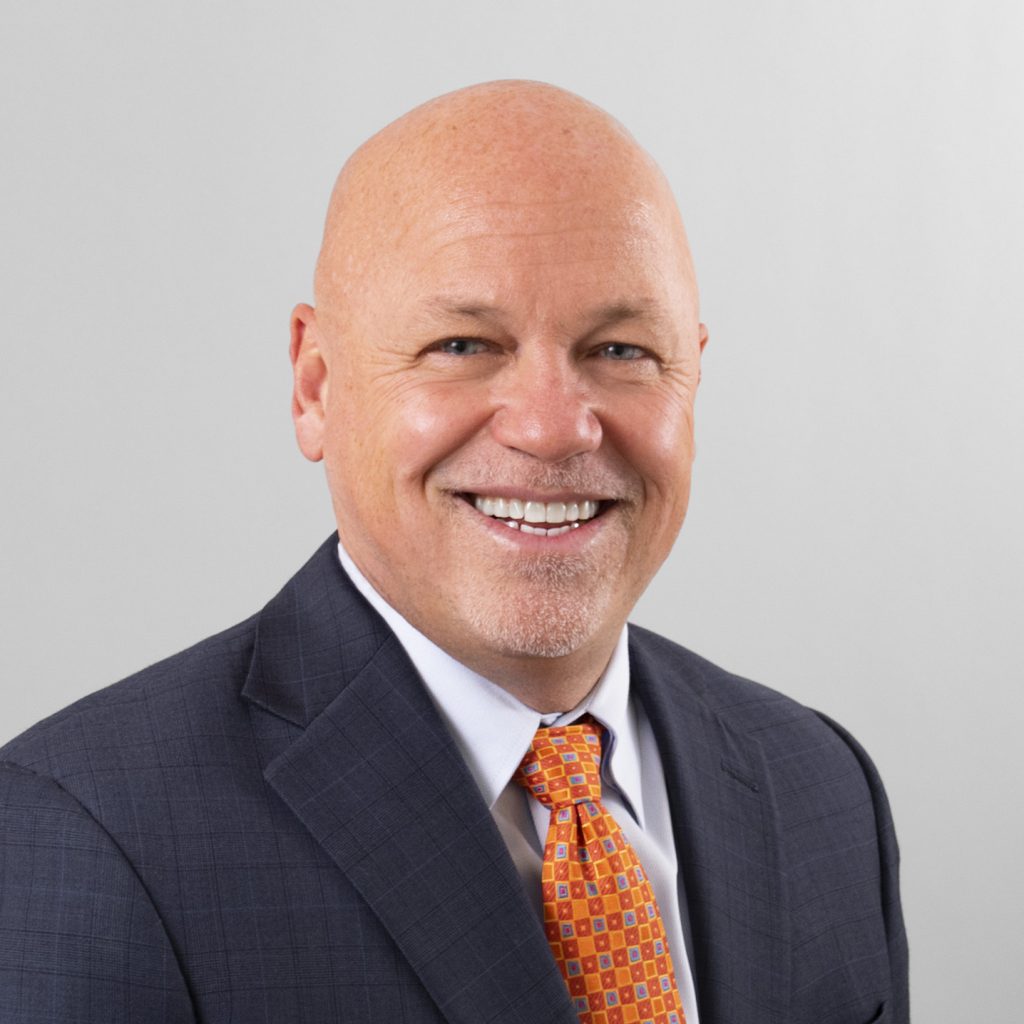This feature from SSGA’s Agronomy Action Team highlights growing conditions for identity preserved crops from different regions around the country. Thanks to the states/regions that contributed to this report.
Illinois
Illinois’ harvest is progressing along nicely. Corn harvest is running on the five-year average around 31%, while soybean harvest is running ahead of pace at around 45%. Overall, corn yields are better than expected. Soybean yields are all over the board. Some very good yields, 90-plus, being reported where the August rains fell. And where they didn’t, yields of 35-45 bushels per acre are common. There’s a definite trend on earlier maturity beans being some of the highest-yielding acres. We will see a shift in maturity next planting season with more acres going to late 2 to early 3 and less group 4 beans.
– Scott A. Eversgerd, Field Agronomist – Southern Illinois, Pioneer Hi-Bred Int’l
Michigan
Soybean harvest is well ahead of schedule this fall in Michigan. USDA reports that 40% of our crop was harvested as of Oct. 6. This compares to a five-year average of 21% at this time. Some soybeans have been harvested at very dry moisture content (less than 10%) even when soybean stems are tough to pass through the combine.
Harvest timing of soybeans is very good for winter wheat planting, but soil moisture levels are so low that germination and emergence are delayed and/or variable. Most soybean growers are pleased with being able to harvest without rain interruptions and grain going directly to storage or not paying drying charges.
– Mark Seamon, Research Director, Michigan Soybean Committee
Minnesota
After a very wet spring, Minnesota is dry yet again! According to the Oct. 3 drought monitor report, about 94% of Minnesota is in the early stages of drought (rated D0-D1). The Oct. 7 Minnesota Crop Progress Report states topsoil moisture supplies were rated 57% short to very short, 42% adequate, and 1% surplus. Subsoil moisture supplies were rated 40% short to very short, 58% adequate, and 2% surplus. 2024 has been a different year. Soil went from excessively dry in March 2024 to excessively wet in June back to dry in October. Rain will be needed this fall to ease drought stress this winter. Without rain, the 2025 planting season will be more than a little interesting.
With temperature highs consistently in the upper 80s, late August and September were warm and largely dry, allowing the crops to accumulate the heat units needed to mature the crop. Consequently, crop harvest is well underway in Minnesota. The small grains harvest is all but complete, with some growers reporting lower than normal yields. Edible bean harvest is almost complete with more than 86% in the bins. Corn grain harvest has started. What limited reports for corn yields I have varied considerably. Following a delayed planting season due to excessive May rains, precipitation, or lack thereof, from the August thunderstorms were quite impactful. Those sites with deep rooting zones shine, especially in areas adjoining a drowned-out spot. Soybean harvest is in full swing. Excessive weed escape, soybean pod pops and green stems have resulted in reduced combine harvest speed. Farmer yield reports vary from “pretty bad” to “much better than expected!” Given the current dry forecast, harvest should be completed earlier than average. This will leave time to correct some of the field damage created during the wet spring.
Field work continues, especially on compacted sites and drown-out spots. Tillage happens when resources (drivers and tractors) are available, mostly until the morning dew evaporates. What limited scattered showers we receive are softening some ground. Soil temperatures remain well above 50oF, thus limiting the fall N fertilizer application window. However, ag lime, P and K fertilizers are being applied. There is a great concern expressed concerning soil moisture availability impact on cover crops and winter small grains establishment. Farmers are expressing concern about moisture recharge and soil moisture status for next year’s crops. We will not know the true impact on these issues for some time.
– David Kee, Director of Research, Minnesota Soybean Research & Promotion Council
Missouri
The dry weather continues in Missouri with 6.5 days suitable for fieldwork in the week ending Oct. 6, according to the USDA-NASS crop progress report. Corn harvest is well underway at 62% harvested which is 17% ahead of the 45% 5-year average. The yields have been exceptionally high from the conversations I have had, and the report confirms that 84% of the crop is rated good to excellent.
Soybeans are also looking very good, with 72% rated good to excellent. There is slightly more variability in the soybean crop due to the lack of rainfall late in the summer when pods were filling. Harvest is 23% complete, 9% ahead of the 5-year average.
For our winter wheat, 10% has been planted, and 2% has emerged, which puts us right on track for the five-year average.
– Blake Barlow, Director of Agronomy & Research, Missouri Soybeans
Wisconsin
According to the USDA NASS reports, farmers in Wisconsin had 6.8 days suitable for fieldwork for the week ending Oct 6. The warm and dry conditions allowed for good progress in the soybean harvest and advanced corn maturity. However, soil moisture levels have begun to decline, with 39% of topsoil and 35% of subsoil rated as short. Still, 45% of topsoil and 53% of subsoil are considered adequate.
Corn is on track, with 95% of the crop now in the dent stage and 70% fully mature. That’s about a day behind last year but a day ahead of the five-year average. So far, 10% of the corn for grain has been harvested, and the corn silage harvest is 80% complete, which is ahead of both last year and the average. Corn condition has dropped by 3% from last week, now standing at 61% rated good to excellent.
For soybeans, 97% are changing color, and 90% are dropping leaves. The soybean harvest is now 61% complete, putting us 12 days ahead of last year and two weeks ahead of the average. Soybean condition has dipped slightly, with 59% rated good to excellent, down 5% from last week.
Winter wheat planting is progressing well, with 63% completed, which is two days ahead of both last year and the average. Additionally, 36% of the winter wheat has emerged.
– Shawn Conley, State Extension Soybean and Small Grain Specialist, University of Wisconsin-Madison








